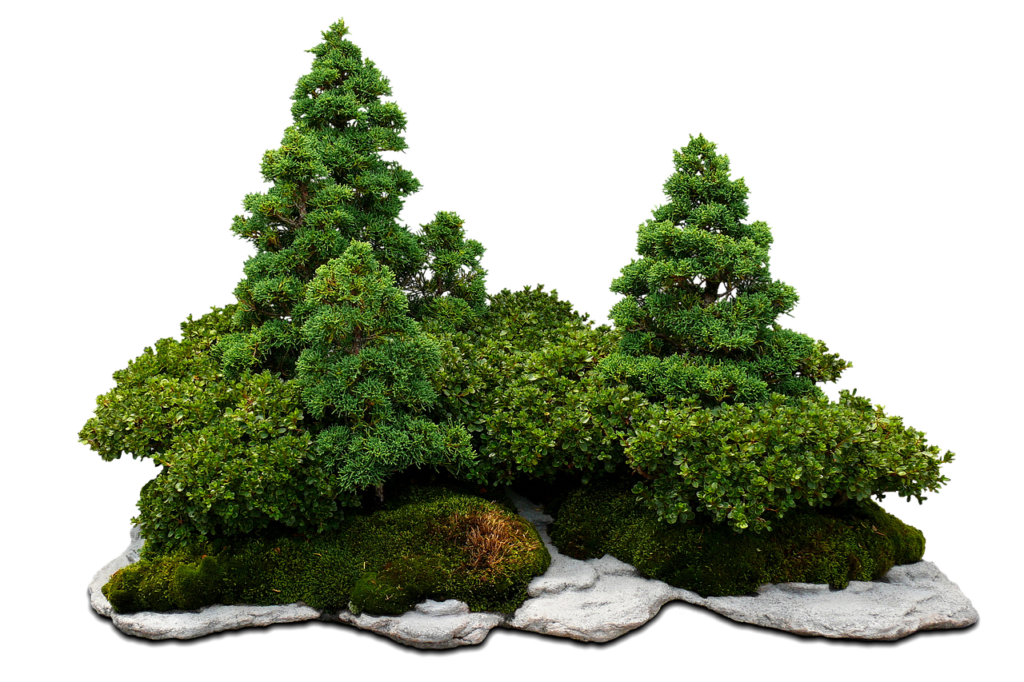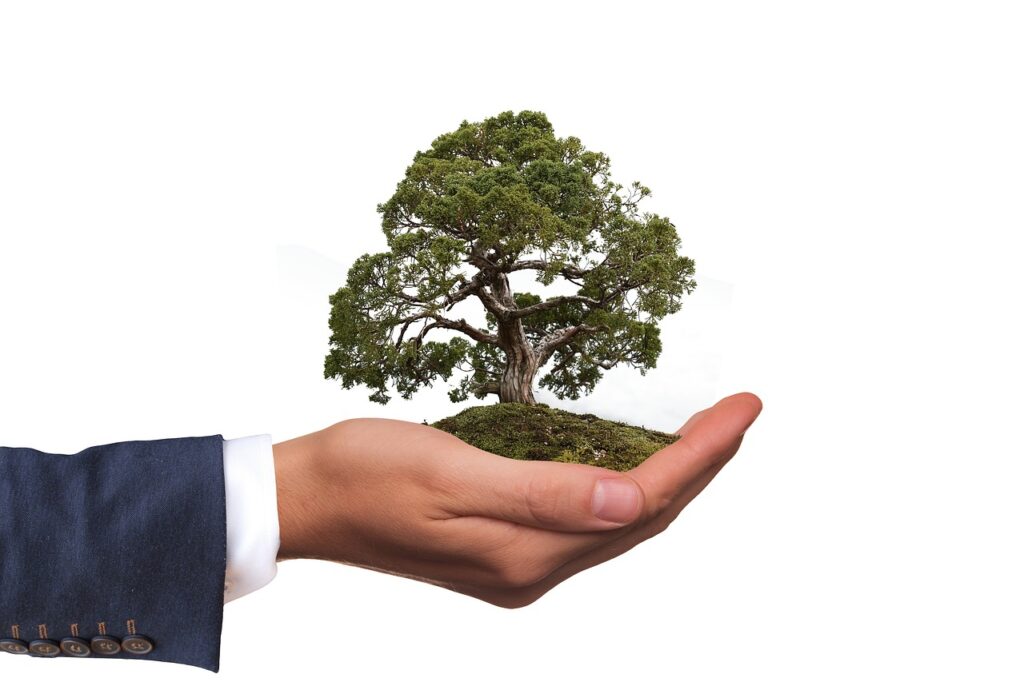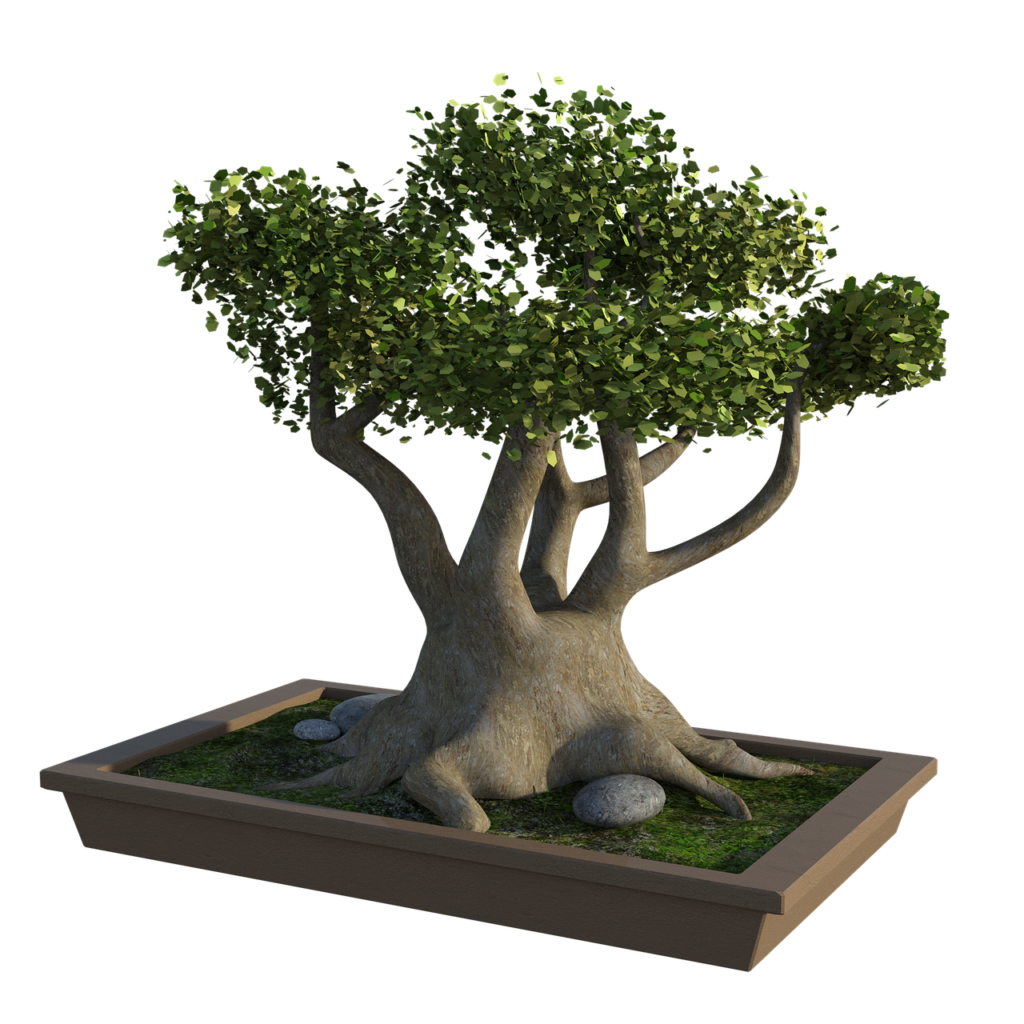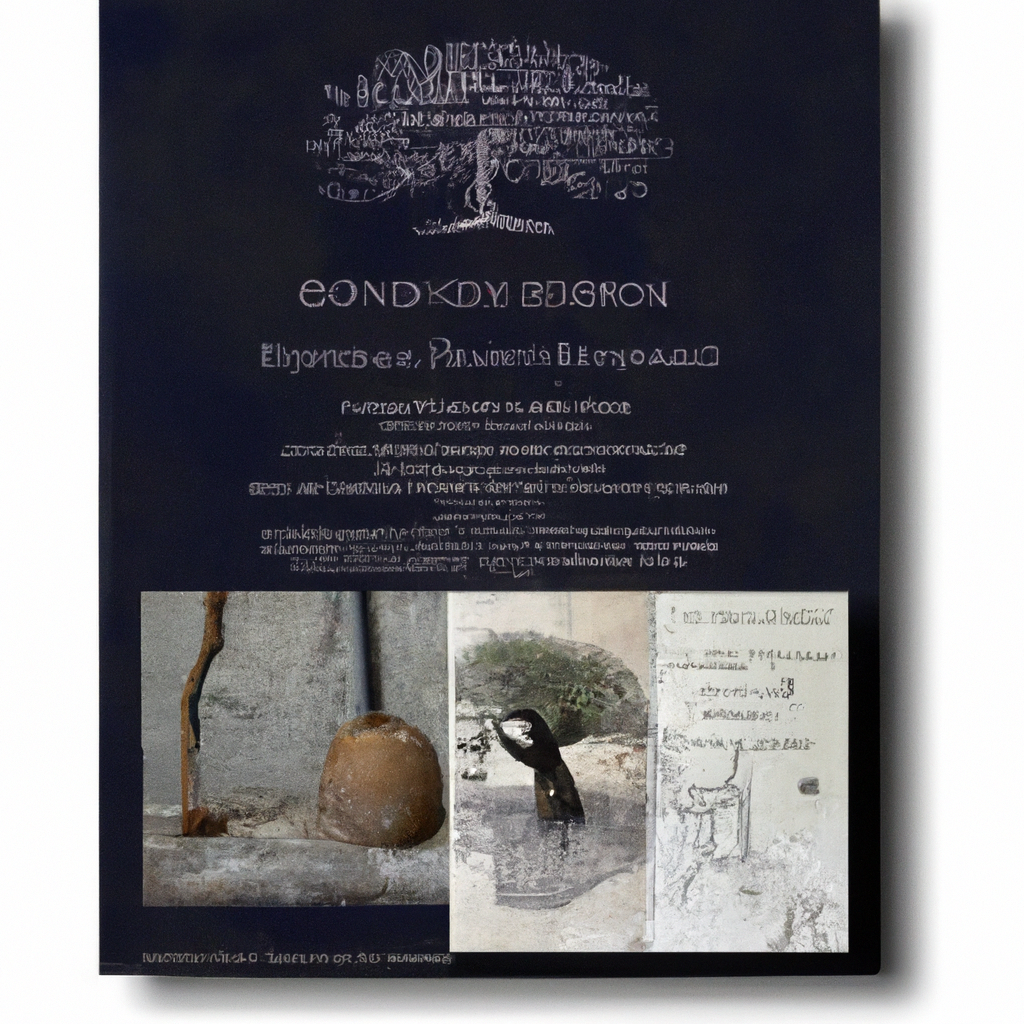
Picture the scene: a beautiful, ancient bonsai tree standing tall in the midst of a tranquil garden, its delicate branches carefully pruned to perfection. You can’t help but wonder, as you gaze upon this living work of art, just how much a tree of this age and beauty could possibly be worth. The answer may surprise you. In the world of bonsai enthusiasts, where patience and precision are valued above all else, the value of an 800-year-old bonsai tree extends far beyond just its monetary worth. It represents a connection to nature and a testament to the skill and dedication of its caretaker. So, while it may be difficult to put a price tag on such a rare and extraordinary specimen, its true worth lies in the admiration and awe it inspires in those who behold it.
Factors Affecting the Value of an 800 Year Old Bonsai Tree
Condition
The condition of an 800 year old bonsai tree is one of the primary factors affecting its value. Trees that exhibit vibrant and healthy foliage, well-maintained roots, and a strong overall structure are highly desirable in the bonsai market. Any signs of disease, damage, or deterioration can significantly lower the value of the tree.
Species
The species of the bonsai tree also plays a significant role in determining its value. Certain species, such as the Japanese white pine or the Chinese juniper, are highly sought after due to their traditional and cultural significance in the art of bonsai. Rare or uncommon species that require specific care and expertise may also command a higher value among collectors.
Size
The size of an 800 year old bonsai tree can greatly impact its value. Generally, larger trees tend to be more valuable as they require more time, effort, and skill to cultivate and shape. However, there is also a market for smaller-sized bonsai trees, known as shohin, which are highly prized due to their intricate details and delicate nature.
Provenance
The provenance or the history of an 800 year old bonsai tree can add significant value to its worth. If the tree has a well-documented lineage or has been in the possession of renowned bonsai artists or collectors, its value can be heightened due to its historical significance. Trees that have been passed down through generations or have been part of prestigious bonsai exhibitions can be highly sought after by enthusiasts and institutions.
Historical Significance
The historical significance of an 800 year old bonsai tree also contributes to its value. Trees that have witnessed important events or have connections to notable figures in history can hold a special place in the bonsai community. These trees serve as living artifacts and can be considered priceless due to their cultural and historical importance.
Evaluation Methods for 800 Year Old Bonsai Trees
Expert Appraisal
Obtaining an expert appraisal is a crucial step in determining the value of an 800 year old bonsai tree. Bonsai experts, who possess an in-depth knowledge of various species, techniques, and historical context, can provide an informed evaluation based on their expertise. They consider factors such as the tree’s health, aesthetics, age, rarity, and historical significance to arrive at an accurate valuation.
Comparative Market Analysis
Performing a comparative market analysis is another helpful method in evaluating the value of an 800 year old bonsai tree. This involves studying recent sales of similar trees in the market to gauge the demand and prevailing prices. By comparing the characteristics of the tree in question with those of sold bonsai trees, an approximate value can be determined.

Notable Examples of High-Value 800 Year Old Bonsai Trees
Shunkaen Bonsai Museum’s Goshin
Goshin, meaning “protector of the spirit,” is a captivating 800 year old bonsai tree that is showcased at the Shunkaen Bonsai Museum in Tokyo, Japan. This spectacular multi-trunk bonsai, created by the esteemed bonsai artist, Saburo Kato, symbolizes his respect for the spiritual power of nature. Goshin’s rarity, impeccable composition, and historical significance contribute to its high value.
Kunio Kobayashi’s Meifu-ten
Another remarkable example of an 800 year old bonsai tree is Kunio Kobayashi’s Meifu-ten, which is part of his private collection. This ancient Japanese white pine stands as a testament to Kobayashi’s artistic mastery and deep understanding of the bonsai craft. With its intricate branch formation and timeless elegance, Meifu-ten holds immense value in the bonsai world.
The Market for 800 Year Old Bonsai Trees
Collectors and Enthusiasts
The market for 800 year old bonsai trees primarily consists of collectors and enthusiasts who appreciate the artistry and beauty of these ancient living treasures. Collectors often seek to acquire bonsai trees to add to their private collections, valuing the history, craftsmanship, and rarity of each piece. Enthusiasts, on the other hand, may not necessarily collect bonsai trees but have a deep admiration for the art form and can be potential buyers in the market.
Museums and Institutions
Museums and institutions also play a significant role in the bonsai market. They may acquire 800 year old bonsai trees to display as part of their botanical collections or to showcase in special exhibitions. These organizations recognize the cultural and historical importance of these trees and are willing to invest substantial resources to acquire them.
Art Auctions
Art auctions, both physical and online, are another avenue through which 800 year old bonsai trees can be bought and sold. These auctions attract a wide range of potential buyers, including private collectors, enthusiasts, and institutions. Bonsai trees with exceptional artistic value and historical significance may fetch high prices amidst the competitive bidding atmosphere of auctions.

Challenges of Valuing 800 Year Old Bonsai Trees
Subjectivity
Valuing 800 year old bonsai trees can be subjective due to the varying opinions and preferences of collectors and experts. Each individual may have different criteria for assessing the beauty and worth of a bonsai tree, leading to discrepancies in valuations. The unique nature of each tree further adds to this subjectivity, making it challenging to arrive at an objective measure of value.
Limited Availability
The scarcity and limited availability of 800 year old bonsai trees pose another challenge in valuing them. These ancient trees are rare and take decades, if not centuries, to reach the desired level of maturity. As a result, the market supply of such trees is limited, which can drive up their value due to high demand and low availability.
Case Studies: Valuation of 800 Year Old Bonsai Trees
The Seikou-en Goyomatsu Bonsai
The Seikou-en Goyomatsu Bonsai, a magnificent 800 year old bonsai tree, was recently appraised and valued at $1 million. This valuable tree, displayed at one of Japan’s most prestigious bonsai gardens, possesses exceptional aesthetics and a rich history. Its value is attributed to its rarity, old age, good health, and the combination of techniques used to shape and style it.
The Yamaki Pine Bonsai
Another notable case study is the Yamaki Pine Bonsai, an 800 year old tree that survived the atomic bomb attack on Hiroshima. This resilient bonsai tree holds immense historical significance and has become a powerful symbol of peace. While its exact monetary value is difficult to ascertain due to its historical importance, it is considered priceless by many.

Preservation and Conservation of 800 Year Old Bonsai Trees
Specialized Care
Preserving and conserving 800 year old bonsai trees requires specialized care and attention. Bonsai professionals and enthusiasts with advanced knowledge and expertise in the field employ meticulous techniques to ensure the health and longevity of these ancient living artworks. Adequate watering, appropriate fertilization, precise pruning, and protection from extreme weather conditions are essential in maintaining the vitality of these trees.
Aging Techniques
To enhance the appearance and create the illusion of great age, aging techniques are employed on 800 year old bonsai trees. These techniques, such as wiring, deadwood carving, and selective branch removal, are used to mimic the natural aging process of trees. By carefully applying these techniques, bonsai artists can create the impression of centuries-old trees, further adding to their value and aesthetic appeal.
Controversies and Ethical Considerations
Collection Practices
The collection practices of 800 year old bonsai trees have raised ethical concerns in recent years. Some ancient bonsai trees are extracted from their natural habitats, resulting in environmental damage and the depletion of natural resources. There is growing awareness and a push towards sustainable cultivation practices that prioritize the preservation of natural ecosystems and the responsible sourcing of bonsai trees.
Cultural Appropriation
Another controversy surrounding 800 year old bonsai trees is the issue of cultural appropriation. Bonsai originated in East Asia, and the practice is deeply rooted in Japanese and Chinese culture. As bonsai has gained international popularity, there have been instances where the art form and its associated cultural practices have been exploited or misrepresented. Recognizing and respecting the cultural origins and traditions of bonsai is essential in ensuring its continued appreciation and integrity.

The Future of 800 Year Old Bonsai Trees
Continuing Appreciation
The appreciation and demand for 800 year old bonsai trees are expected to continue growing in the future. As the art form gains more recognition globally, the value of these ancient trees will likely increase. Their rarity, historical significance, and beauty make them unique investments that can be enjoyed and appreciated for generations to come.
Emerging Markets
Emerging markets, particularly in countries beyond East Asia, are seeking to cultivate their own bonsai traditions and acquire 800 year old bonsai trees. As bonsai gains popularity in regions such as Europe, North America, and South America, the demand for these ancient trees is expected to rise. This emerging interest from new markets may create opportunities for trade and cultural exchange, further contributing to the future growth of the bonsai market.
Conclusion
The value of an 800 year old bonsai tree is determined by multiple factors, including its condition, species, size, provenance, and historical significance. Expert appraisals and comparative market analysis are important evaluation methods in determining the value of these ancient trees. Notable examples such as the Shunkaen Bonsai Museum’s Goshin and Kunio Kobayashi’s Meifu-ten highlight the exceptional value of some 800 year old bonsai trees. The market for these trees primarily consists of collectors, enthusiasts, museums, institutions, and art auctions. Valuing 800 year old bonsai trees can be challenging due to subjectivity and limited availability. Preservation and conservation efforts, along with careful application of aging techniques, are crucial in maintaining the beauty and vitality of these ancient living treasures. Controversies surrounding collection practices and cultural appropriation call for responsible cultivation and cultural understanding. The future of 800 year old bonsai trees looks promising, with continuing appreciation and emerging markets contributing to their enduring value.
